DML Speakers so good
Listen to the positive responses of listeners. Almost as good as headphones as the ultimate standard; however, this was not A/B tested. Also it would be nice to see EQ / response curves.
Distributed Mode Loudspeakers
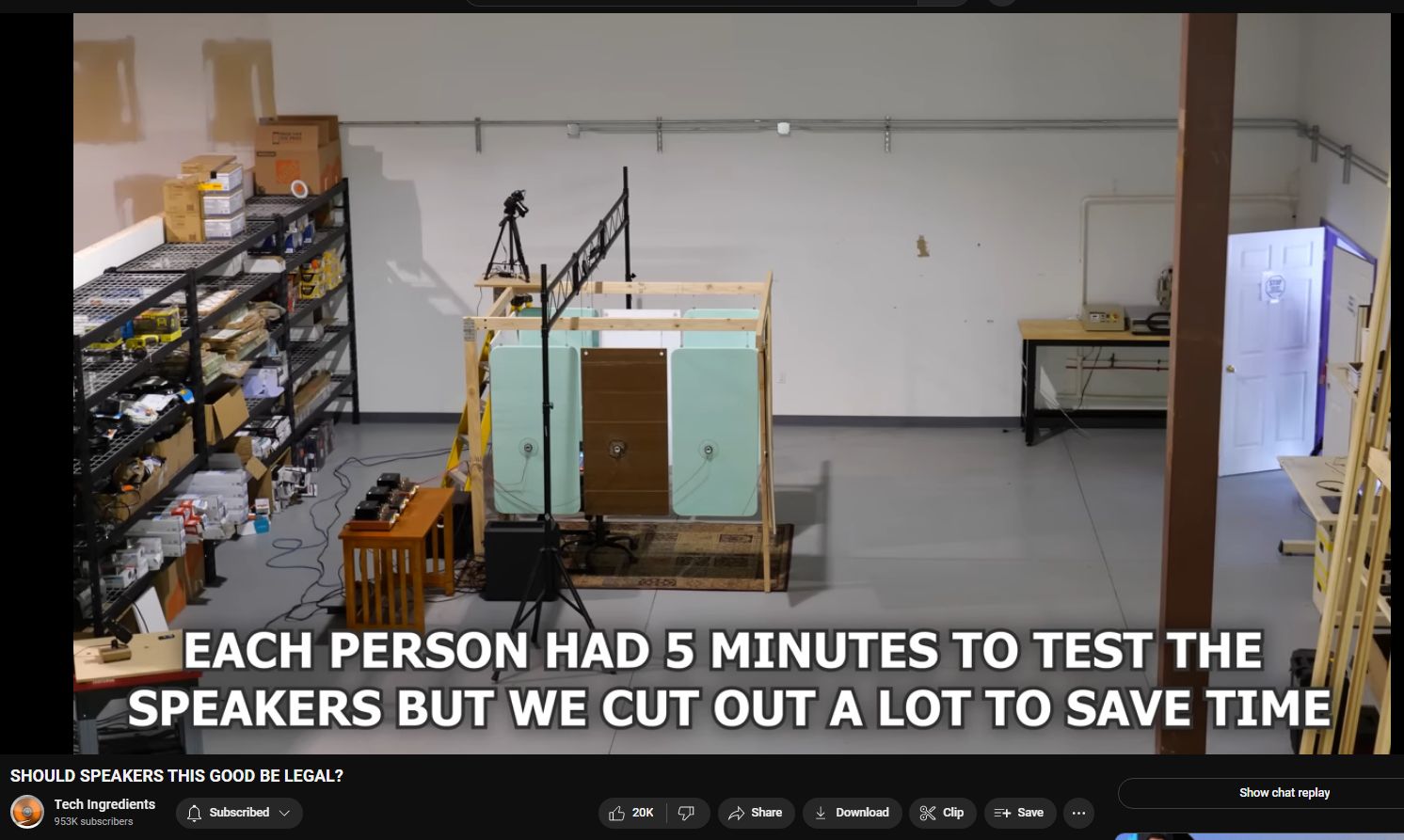
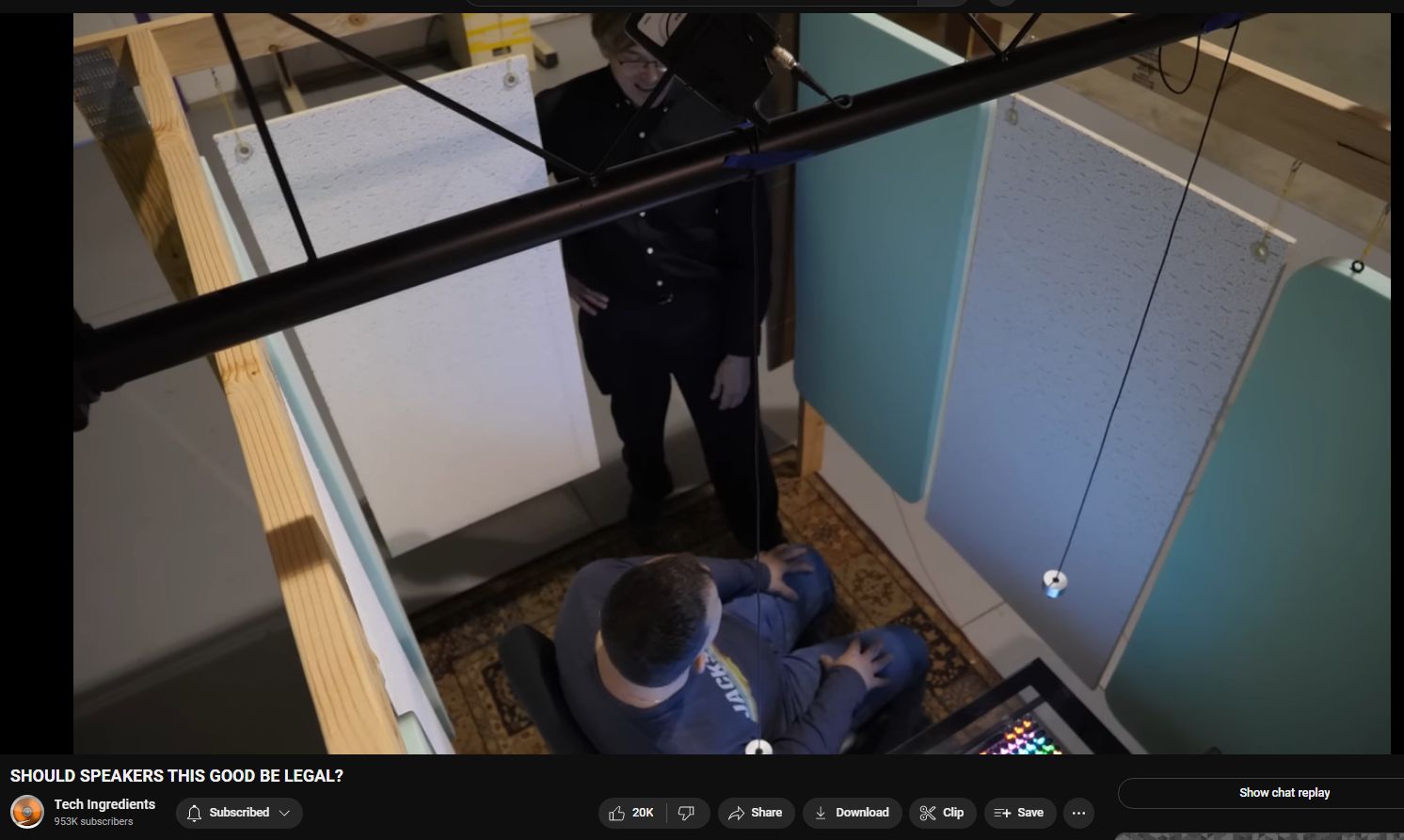
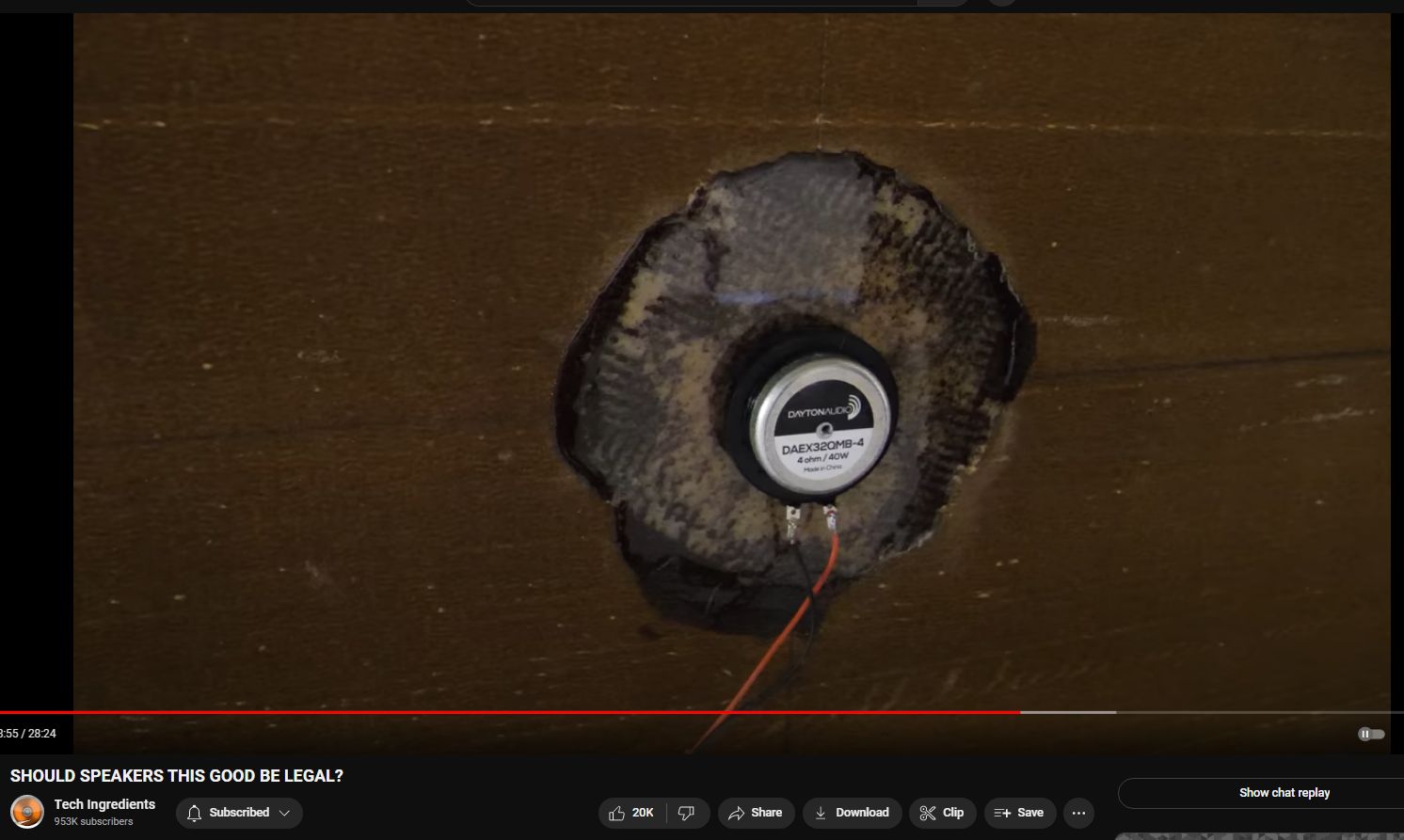
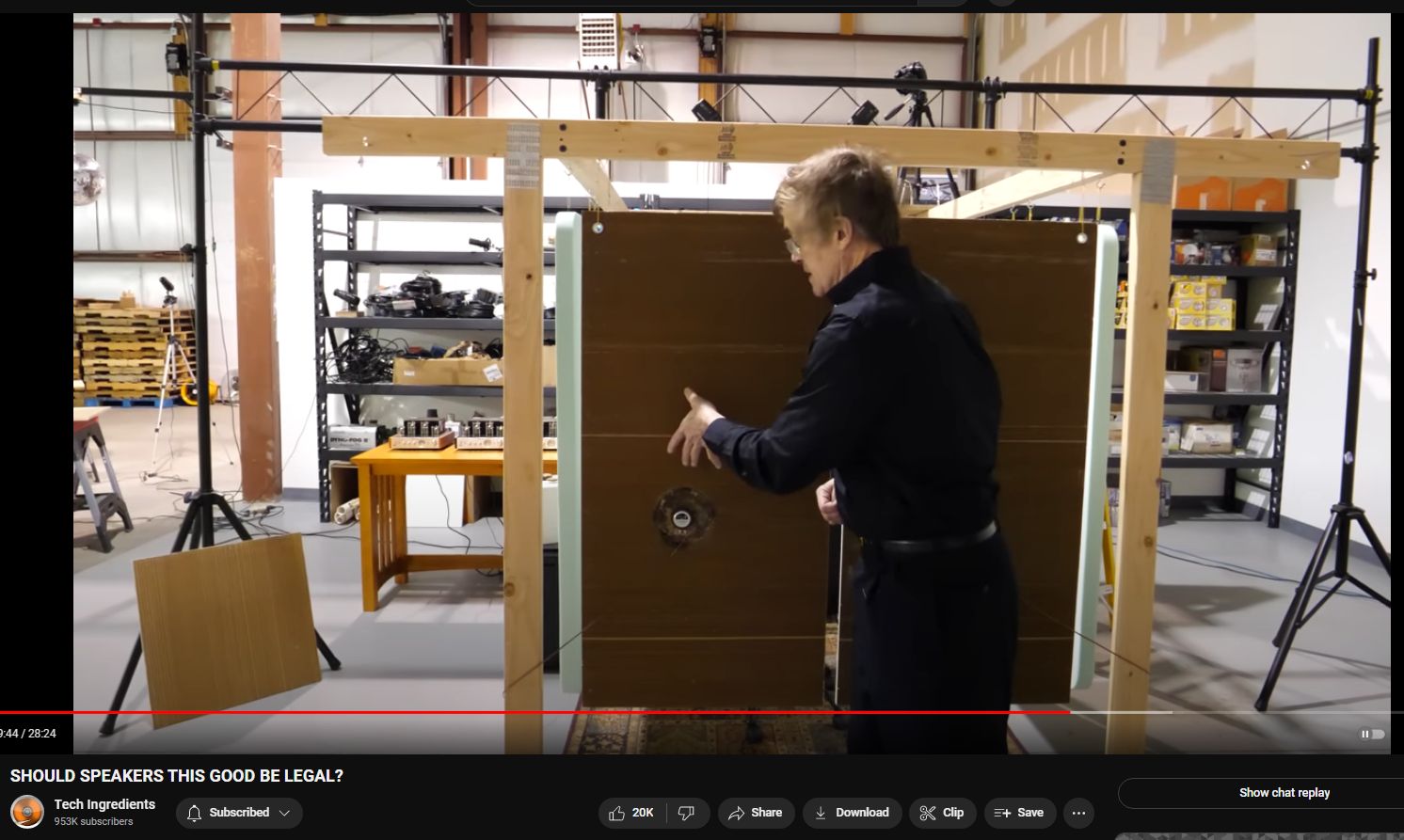
Distributed mode loudspeakers (DMLs) are a type of speaker technology that differs from traditional cone or dome speakers in their design and operation. Instead of relying on pistonic motion (back-and-forth movement) of a diaphragm, DMLs use bending wave technology to produce sound.
Here’s how distributed mode loudspeakers work:
1. Diaphragm Design: The diaphragm of a DML is typically thin and flexible, often made of materials like paper, fabric, or metal. Unlike traditional cone speakers where the entire diaphragm moves as a piston, in DMLs, the diaphragm is designed to flex and vibrate in complex patterns.
2. Bending Wave Propagation: When an electrical signal is applied to the diaphragm, it vibrates not only in the forward and backward direction but also in bending modes. These bending waves propagate across the diaphragm, causing it to radiate sound in all directions.
3. Panel Construction: DMLs often consist of a large, flat panel that serves as the diaphragm. This panel can be made of various materials, including wood, metal, or composite materials. The size and shape of the panel can influence the dispersion pattern and frequency response of the speaker.
4. Dispersion Characteristics: One of the unique features of DMLs is their wide dispersion pattern. Because the bending waves radiate sound in all directions, DMLs can provide more uniform coverage in a room compared to traditional speakers, which typically have narrower dispersion patterns.
5. Frequency Response: DMLs can offer a wide frequency response, often covering a broad range of frequencies without the need for separate drivers for different frequency bands. The bending wave technology allows for more even dispersion across the audible spectrum.
6. Applications: Distributed mode loudspeakers are commonly used in applications where wide dispersion and room-filling sound are desired, such as home audio systems, public address systems, and immersive audio installations.
Overall, distributed mode loudspeakers offer a unique approach to sound reproduction, leveraging bending wave technology to create immersive and natural-sounding audio experiences. Their wide dispersion characteristics make them well-suited for applications where uniform coverage and spatial imaging are important.
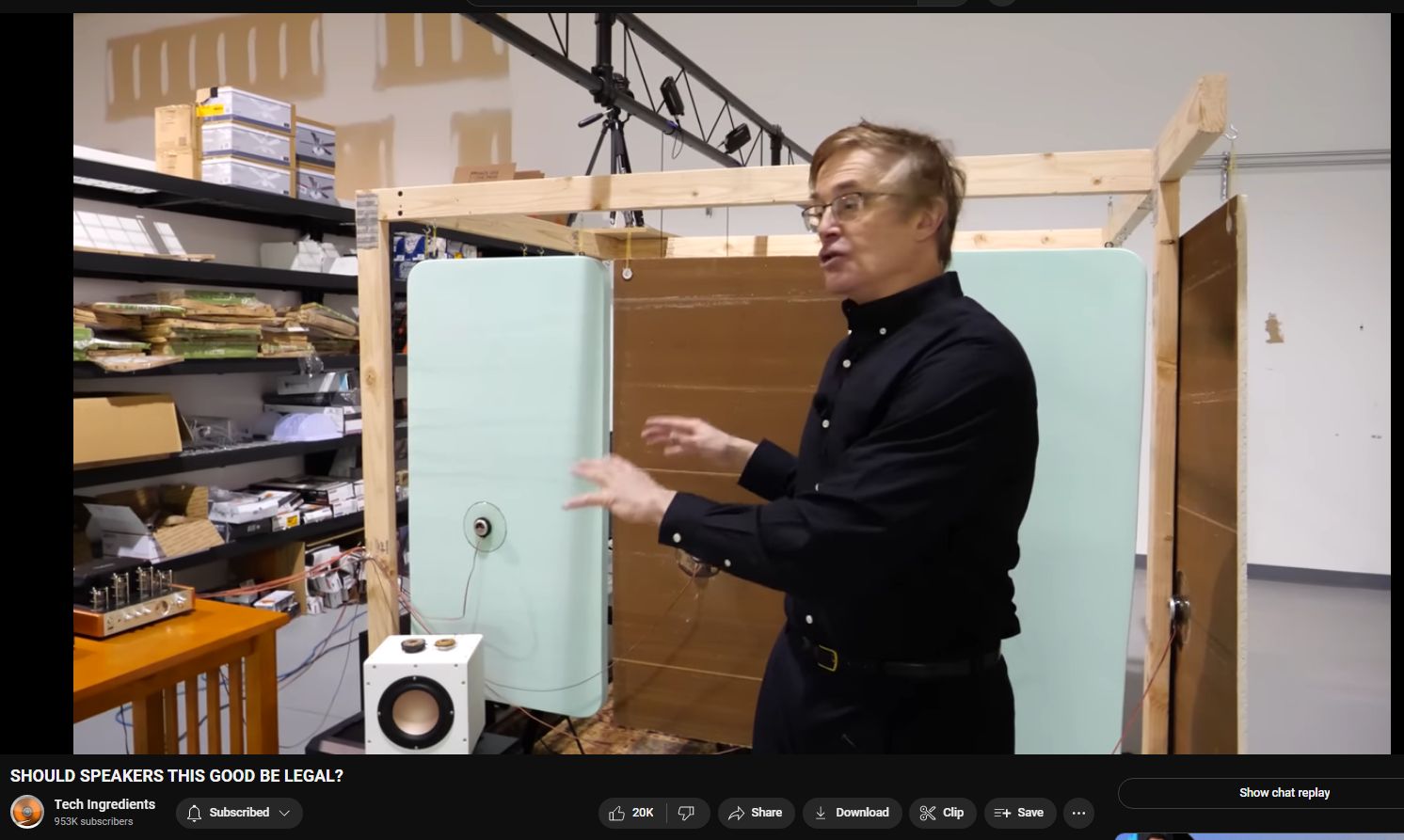
“It sounds amazing.” “The quality sounds reeeally good.”